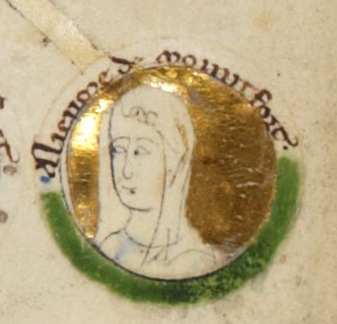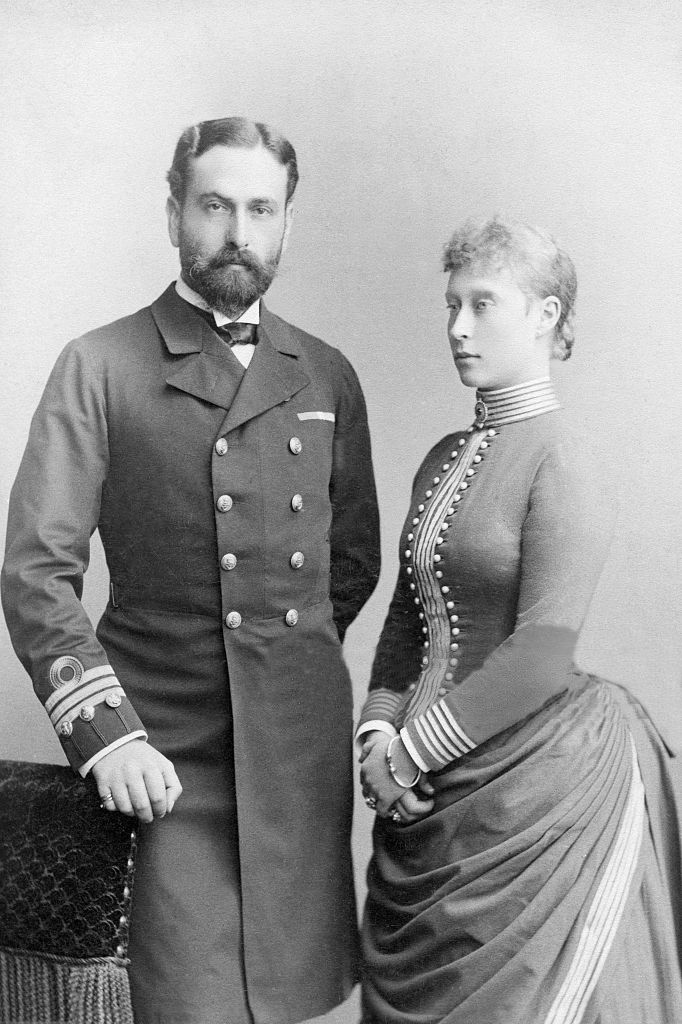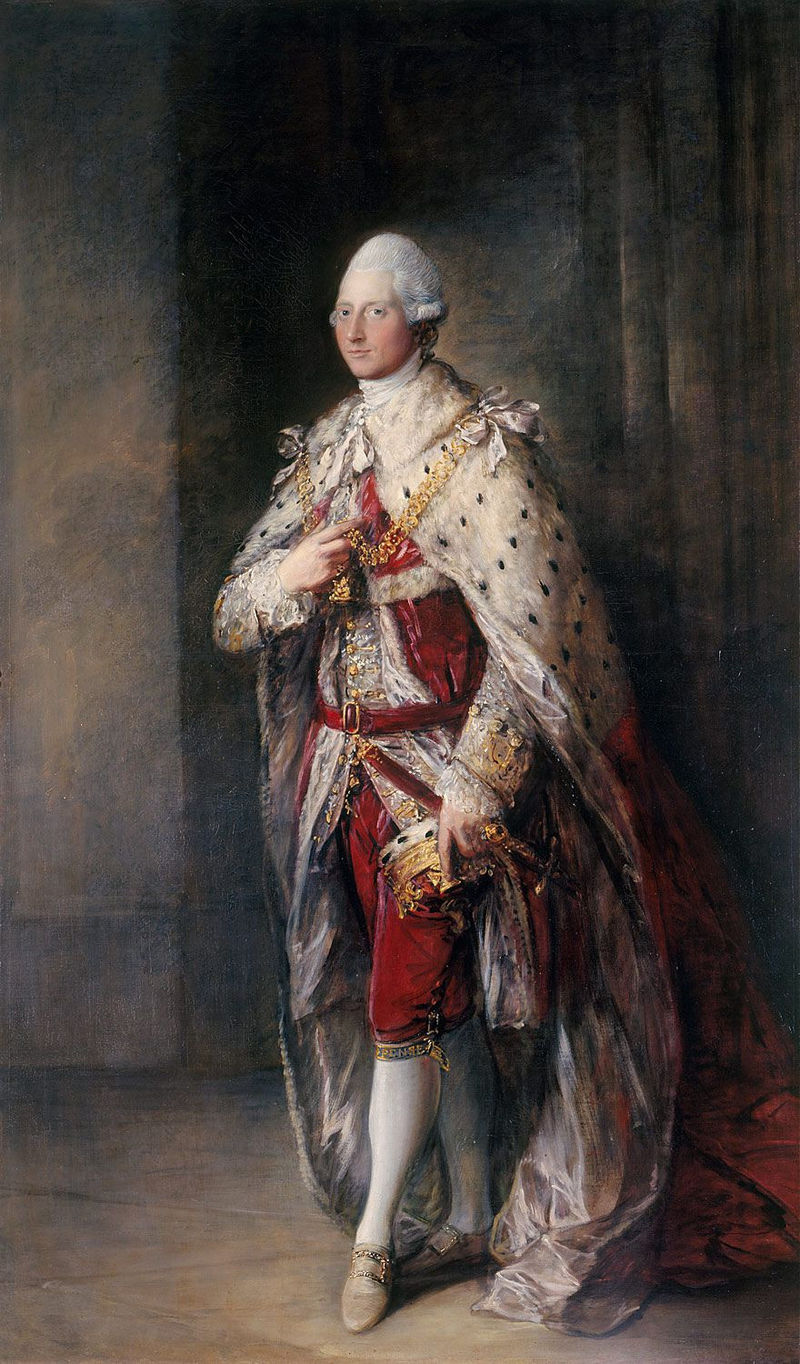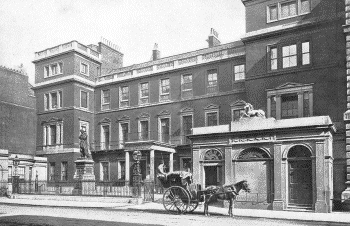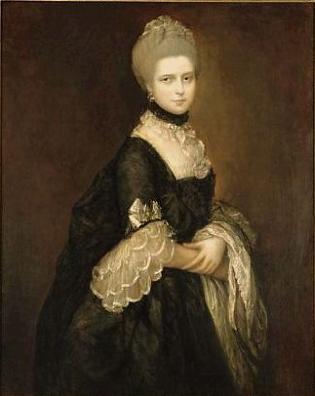by Susan Flantzer
© Unofficial Royalty 2023
Thelma, circa 1925
Mistress: a woman who has a continuing, extramarital sexual relationship with one man
Thelma Furness, Viscountess Furness was the mistress of the future King Edward VIII of the United Kingdom from 1929 to 1932 while he was Prince of Wales.
Born Thelma Morgan on August 23, 1904, at the Grand Hotel National in Lucerne, Switzerland, Thelma and her identical twin sister Gloria were the second and third of the four children of Harry Hays Morgan Sr., an American diplomat who was U.S. consul in Buenos Aire, Argentina and in Brussels, Belgium, and his second wife Laura Delphine Kilpatrick. Thelma’s paternal grandparents were Philip Hicky Morgan and Beatrice Leslie Ford. Her maternal grandparents were Hugh Judson Kilpatrick, a Union Army General and an American ambassador to Chile, and his second wife Luisa Fernandez de Valdivieso, a member of a wealthy family of Spanish origin that emigrated to South America in the 17th century.
Thelma had three siblings:
- Laura Consuelo Morgan (1901 – 1979), known as Consuelo, married (1) Count Jean de Maupas du Juglart, no children, divorced (2) Benjamin Thaw Jr., no children (3) Alfons B. Landa, no children
- Gloria Morgan (1904 – 1965), Thelma’s identical twin, born Maria Mercedes Morgan, adopted the name Gloria as a teenager, married Reginald Claypoole Vanderbilt, from the wealthy Vanderbilt family, had one daughter, the fashion designer Gloria Vanderbilt who was the mother of CNN anchor Anderson Cooper
- Harry Hays Morgan Jr. (1898 – 1983), a film actor and diplomat, married (1) Ivor Elizabeth O’Connor, divorced (2) Edith Churchill Gordon, had one daughter (3) Ruth Broadbent Castor, no children
Thelma had two half-sisters from her father’s first marriage to Mary Edgerton:
- Constance Morgan (1887 – 1892), died in childhood
- Gladys Morgan (1889 – 1958), married Lieutenant John W. Henderson
Thelma and her identical twin sister Gloria were first educated by governesses while their father was on diplomatic assignments in Europe and South America. When they returned to the United States, Thelma and her twin sister Gloria attended the Convent of the Sacred Heart, a Roman Catholic all-girls school in the Manhattan borough of New York City, the Skerton Finishing School, and Miss Nightingale’s School, also in Manhattan. In 1921, with their father’s permission, 17-year-old Thelma and Gloria ended their education and moved into an apartment at 40 Fifth Avenue, a private townhouse in Manhattan.
Thelma and Gloria were known as “The Magnificent Morgans” and were already popular with the New York high society as teenagers. The sisters had some minor roles in silent movies, using the names Gloria and Thelma Rochelle, debuting as extras in the 1922 Marion Davies film The Young Diana. In 1923, Thelma founded her own film company, Thelma Morgan Pictures. She produced and acted in four films, Aphrodite (1923), Enemies of Women (1923), a William Randolph Hearst production whose cast included Lionel Barrymore and Clara Bow, So This Is Marriage? (1924), and Any Woman (1925).
On February 16, 1922, in Washington, DC, seventeen-year-old Thelma married twenty-nine-year-old James Vail Converse, a grandson of Theodore Vail, former president of the American Telephone and Telegraph Company (AT&T). The marriage was childless and the couple divorced three years later. After her divorce and a brief relationship with actor Richard Bennet, Thelma went to Europe to visit her parents and her sister Consuelo.
Marmaduke Furness, 1st Viscount Furness
It was at a dinner in Paris, that Thelma met Marmaduke Furness, 1st Viscount Furness who was twenty-one years older than her. Marmaduke was the chairman of Furness Withy, a shipping company and one of the richest men in the world. His first wife had died in 1921. On June 27, 1926, Thelma and Marmaduke were married at St George’s Register Office in London. The couple divorced in 1933 due to Thelma’s affair with the Prince of Wales.
Thelma and Marmaduke had one son:
Thelma had a stepdaughter and a stepson from Marmaduke’s first marriage to the late Ada “Daisy” Hogg:
Thelma first met the Prince of Wales, the future King Edward VIII, called David by his family and friends, in 1926 at a ball at Londonderry House, the London home of Charles Vane-Tempest-Stewart, 7th Marquess of Londonderry. When they met again on June 14, 1929, at the Leicestershire Agricultural Show at Leicester, David asked her to dine with him. Thelma and David continued to meet regularly and she joined him on an African safari in 1930. During this period, David was having a long-time affair with Freda Dudley Ward along with several short affairs.
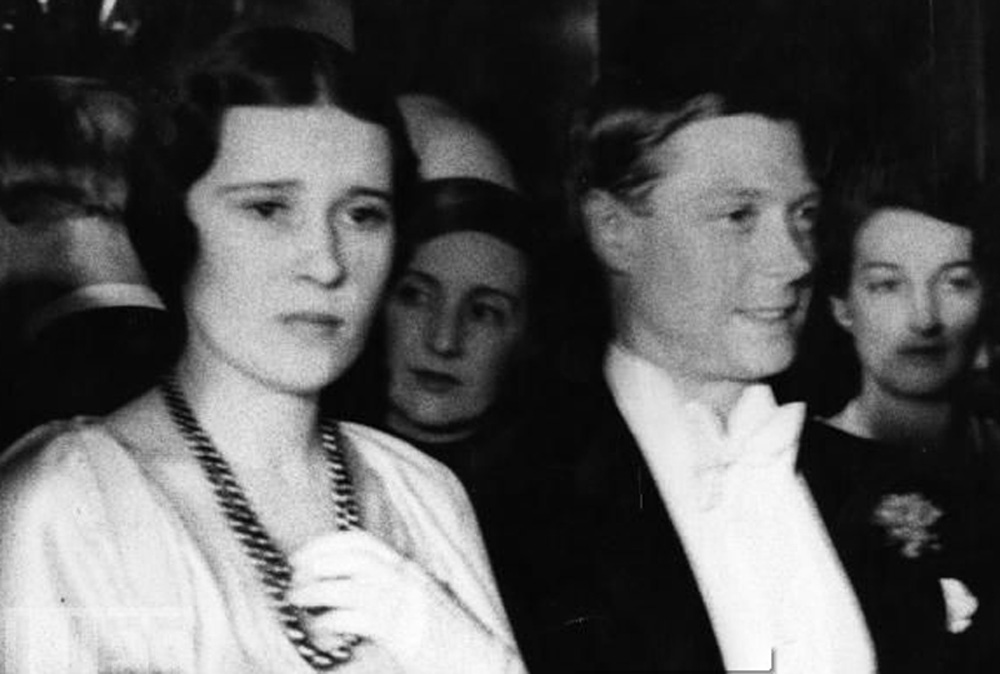
Thelma and the Prince of Wales in 1932; Credit – Wikipedia
In 1929, David’s father King George V gave him Fort Belvedere, a country house in Windsor Great Park, in Surrey, England where Thelma was a regular weekend companion and acted as David’s hostess. She also entertained Davis at her London home on Elsworthy Road in the Primrose Hill section of London and Burrough Court, the Furness country house in Burrough on the Hill, Leicestershire, England.
On a weekend in November 1930, Thelma invited two last-minute guests to a house party at Burrough Court, Ernest Simpson and Wallis Simpson. This was the first meeting of David and his future mistress and wife Wallis Simpson. Between 1931 and 1934, David met the Simpsons at various house parties and Wallis was presented at court. It appears that while Thelma was visiting her sister Gloria in the United States from January to March 1934, Wallis Simpson became David’s mistress. Upon her return to the United Kingdom, Thelma and David dined together once and she visited Fort Belvedere once. Although David was cordial, Thelma thought he was personally distant. Confused about the situation. Thelma called her friend Wallis Simpson who said, “Thelma, I think he likes me” and the rest is history.
Thelma (center) arriving in New York to assist her twin sister Gloria in her custody battle for her daughter. She arrived with her brother Harry Hays Morgan Jr and his wife.
On the rebound, Thelma had a short affair with Prince Aly Khan, a wealthy Pakistani diplomat, who had a long list of affairs. In 1934, Thelma’s sister Gloria Morgan Vanderbilt, the widow of Reginald Claypoole Vanderbilt, was at the center of a highly publicized court battle with Reginald’s sister Gertrude Vanderbilt Whitney for the custody of her ten-year-old daughter Gloria Vanderbilt. Gertrude Vanderbilt Whitney believed that her former sister-in-law Gloria was a bad influence and neglectful of her daughter and won custody of her niece at the end of a brutal custody battle.

The Morgan twins in 1955: Gloria (on the left) and Thelma (on the right); Credit – Wikipedia
After her divorce, Thelma divided her time between London and New York but from the 1940s until their deaths, Thelma and her sister Gloria Morgan Vanderbilt lived together in New York City and Los Angeles, California. They wrote a dual memoir called Double Exposure: A Twin Autobiography, published in 1958. Gloria Morgan Vanderbilt died on February 13, 1965, aged 60, in Los Angeles, California, and was buried at Holy Cross Cemetery in Culver City, Los Angeles, California.
Thelma, Viscountess Furness, aged 65, died of a heart attack on January 29, 1970, at the corner of Lexington Avenue and 73rd Street in Manhattan, New York City, on her way to the doctor. In her purse was one of the teddy bears she used to exchange with David. Thelma was buried with her sister Gloria at Holy Cross Cemetery in Culver City, Los Angeles, California.
This article is the intellectual property of Unofficial Royalty and is NOT TO BE COPIED, EDITED, OR POSTED IN ANY FORM ON ANOTHER WEBSITE under any circumstances. It is permissible to use a link that directs to Unofficial Royalty.
Works Cited
- Bloks, Moniek. (2021). Before Wallis – Thelma, Viscountess Furness . History of Royal Women. https://www.historyofroyalwomen.com/the-year-of-the-duchess-of-windsor-2021/the-year-of-the-duchess-of-windsor-thelma-viscountess-furness-part-one/
- Donaldson, Frances. (1974). Edward VIII. Ballantine Biograpy.
- Wikimedia Foundation. (2023). Gloria Morgan Vanderbilt. Wikipedia. https://en.wikipedia.org/wiki/Gloria_Morgan_Vanderbilt
- Wikimedia Foundation. (2023). Marmaduke Furness, 1st Viscount Furness. Wikipedia. https://en.wikipedia.org/wiki/Marmaduke_Furness,_1st_Viscount_Furness
- Wikimedia Foundation. (2023). Thelma Furness, Viscountess Furness. Wikipedia. https://en.wikipedia.org/wiki/Thelma_Furness,_Viscountess_Furness


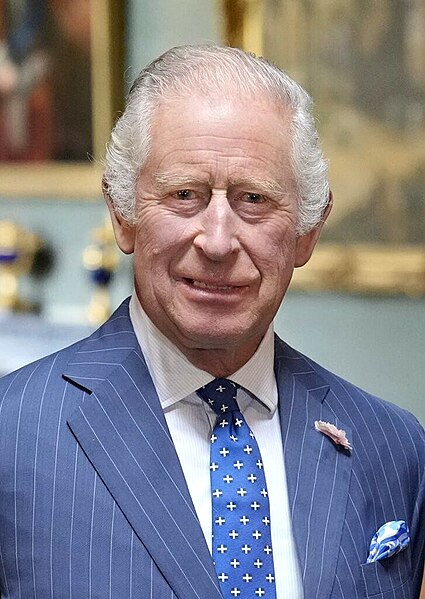 Just hours after it was announced that The Princess of Wales had undergone successful abdominal surgery, Buckingham Palace announced that King Charles III will be treated for a benign prostate condition next week. The statement stresses that it is a benign condition, but the King will undergo a “corrective procedure”. The King’s engagements will be postponed for a brief period of time.
Just hours after it was announced that The Princess of Wales had undergone successful abdominal surgery, Buckingham Palace announced that King Charles III will be treated for a benign prostate condition next week. The statement stresses that it is a benign condition, but the King will undergo a “corrective procedure”. The King’s engagements will be postponed for a brief period of time.
